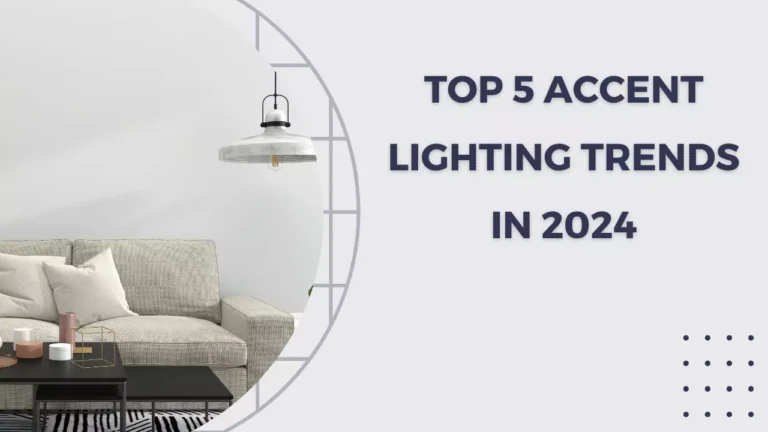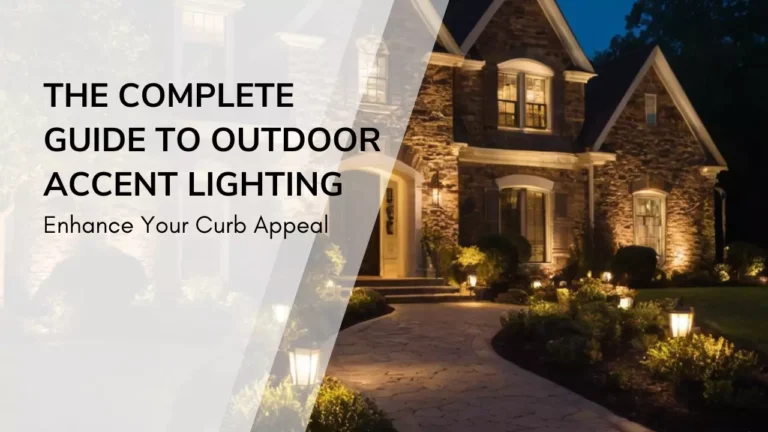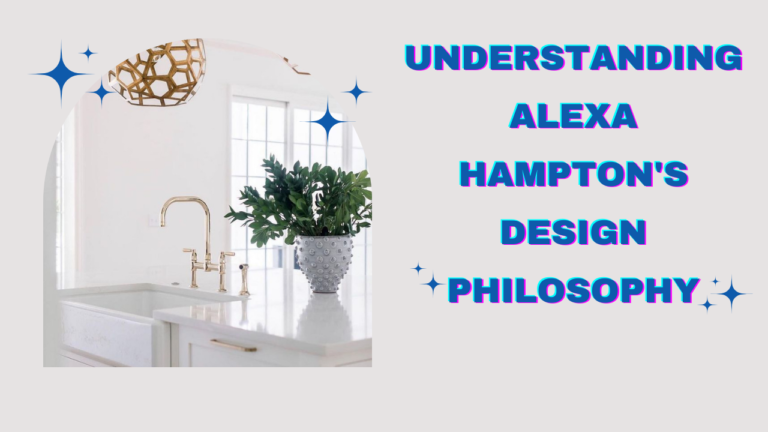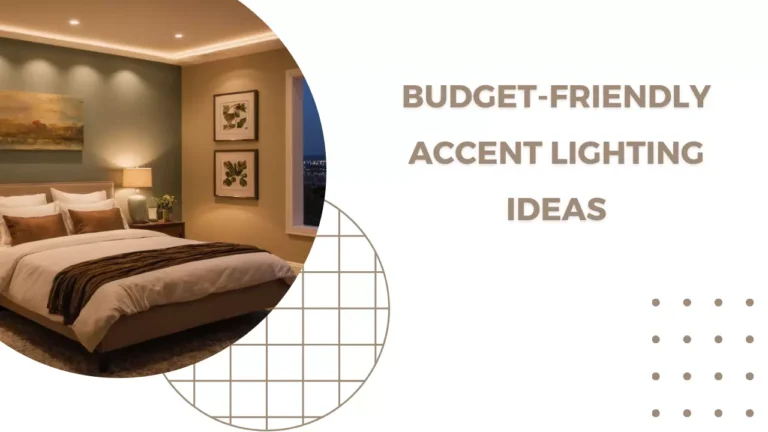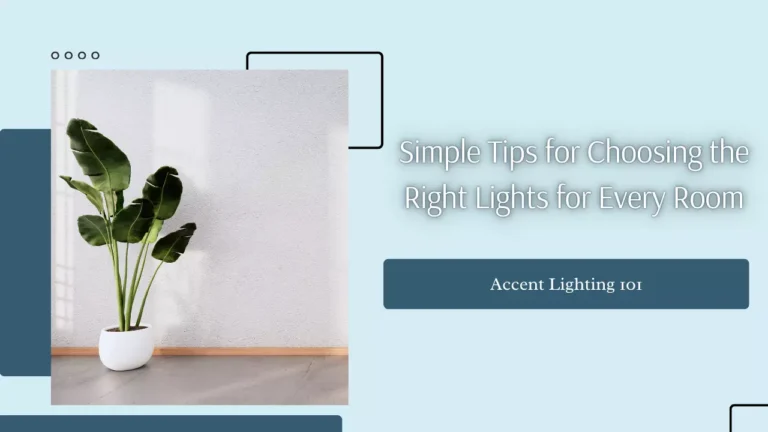Energy-Efficient Lighting: How to Brighten Your Home While Saving on Energy Bills
Energy-efficient lighting is a fantastic way to enhance your home’s ambiance and reduce your electricity bills. With advancements in technology, it’s easier than ever to illuminate your space effectively while being kind to the environment. In this article, we’ll explore various aspects of energy-efficient lighting, from understanding different types to practical tips for implementation.
Understanding Energy-Efficient Lighting
What Is Energy-Efficient Lighting?
Energy-efficient lighting refers to lighting solutions designed to use less power while providing the same amount of light as traditional lighting. These options not only help reduce energy consumption but also extend the lifespan of your light fixtures.
Compact Fluorescent Lights (CFLs) and Light Emitting Diodes (LEDs) are two common types of energy-efficient lighting. CFLs use about 70% less energy than incandescent bulbs, while LEDs can be even more efficient, consuming up to 90% less energy.
According to the U.S. Department of Energy, switching to LED lighting can cut your energy bill by up to 75% compared to incandescent lighting (Source).
Benefits of Energy-Efficient Lighting
- Reduced Energy Bills: One of the most significant benefits is the reduction in energy costs. Energy-efficient lighting consumes less power, translating to lower monthly electricity bills.
- Longer Lifespan: Energy-efficient bulbs last much longer than traditional incandescent bulbs. For example, LEDs can last up to 25,000 hours compared to the 1,000 hours of an incandescent bulb.
- Environmental Impact: By using less energy, energy-efficient lighting helps lower your carbon footprint. This reduction in energy consumption leads to fewer greenhouse gas emissions.
Transitioning to energy-efficient lighting not only benefits your wallet but also contributes positively to the environment. For more on the environmental benefits, check out this article from the Environmental Protection Agency (Source).
Types of Energy-Efficient Lighting
Light Emitting Diodes (LEDs)
LEDs are one of the most energy-efficient lighting options available today. They use semiconductor technology to produce light and are known for their high efficiency and long lifespan.
Key Advantages of LEDs:
- Low Energy Consumption: LEDs use up to 90% less energy than incandescent bulbs.
- Long Lifespan: They can last up to 25,000 hours, which reduces the need for frequent replacements.
- Instant Brightness: LEDs reach full brightness instantly, unlike some other energy-efficient options that may take time to warm up.
LED lighting also offers a range of colors and brightness levels, making it versatile for different applications.
Compact Fluorescent Lights (CFLs)
CFLs are another popular choice for energy-efficient lighting. They use a gas-filled tube and a small amount of mercury to produce light.
Advantages of CFLs:
- Energy Efficiency: CFLs use about 70% less energy than traditional incandescent bulbs.
- Cost-Effective: They are generally cheaper than LEDs but still offer significant energy savings.
- Variety: CFLs come in various shapes and sizes, suitable for different types of fixtures.
However, CFLs contain a small amount of mercury, so they need to be disposed of properly. Always follow local guidelines for recycling or disposal.
Halogen Incandescent Bulbs
Halogen incandescent bulbs are a more energy-efficient version of traditional incandescent bulbs. They use halogen gas to increase the lifespan of the bulb and improve efficiency.
Benefits of Halogen Bulbs:
- Improved Efficiency: They are more efficient than regular incandescent bulbs, though not as much as LEDs or CFLs.
- Better Light Quality: Halogen bulbs provide a bright, white light that closely resembles natural daylight.
Although they are more efficient than traditional incandescent bulbs, they are still less energy-efficient compared to LEDs and CFLs.
Implementing Energy-Efficient Lighting in Your Home
Choosing the Right Bulbs for Each Room
Selecting the right energy-efficient lighting for different rooms in your home can enhance both functionality and aesthetics. Consider the following tips:
- Living Room: Use LEDs or CFLs to provide warm, inviting light. Floor lamps with dimmable features are also a good option for creating ambiance.
- Kitchen: Bright, focused lighting is ideal for kitchens. LEDs are perfect for under-cabinet lighting and general illumination.
- Bedroom: Opt for LEDs with adjustable brightness to create a relaxing environment. Consider CFLs for bedside lamps if you prefer a softer light.
Installing Energy-Efficient Fixtures
In addition to choosing the right bulbs, installing energy-efficient fixtures can further enhance your home’s lighting efficiency.
Key Fixtures to Consider:
- Smart Lighting Systems: These systems allow you to control lighting remotely and adjust brightness levels, which helps save energy.
- Motion Sensors: Install these in areas like hallways and bathrooms to ensure lights are only on when needed.
- Dimmer Switches: Use dimmers to reduce the amount of light when full brightness is unnecessary, which can save energy.
Smart lighting systems offer convenience and additional energy savings. For more details on smart lighting options, refer to this article by Consumer Reports (Source).
Energy-Efficient Lighting and Home Automation
Integrating energy-efficient lighting with home automation systems can optimize your energy savings. Home automation allows you to program your lighting based on your schedule and preferences.
Benefits of Home Automation:
- Custom Scheduling: Set your lights to turn on or off at specific times to avoid wasting energy.
- Remote Control: Control your lighting from anywhere using a smartphone app.
- Energy Monitoring: Track your energy usage and make adjustments as needed to maximize savings.
Home automation systems can be tailored to your specific needs, making it easier to manage your lighting efficiently.
Maintaining Energy-Efficient Lighting
Regular Maintenance Tips
To ensure your energy-efficient lighting remains effective, regular maintenance is essential.
Maintenance Tips:
- Clean Fixtures and Bulbs: Dust and dirt can reduce light output. Clean fixtures and bulbs regularly to maintain optimal performance.
- Check for Damage: Inspect bulbs and fixtures for any signs of damage and replace them if necessary.
- Verify Compatibility: Ensure that new bulbs are compatible with existing fixtures and dimmer switches.
Regular maintenance can prolong the lifespan of your lighting and ensure it continues to operate efficiently.
Upgrading and Replacing Bulbs
Over time, even energy-efficient bulbs may need to be replaced. When upgrading, consider the latest technologies and improvements in lighting.
Upgrading Tips:
- Stay Informed: Keep up with advancements in lighting technology to make informed choices.
- Evaluate New Options: Assess new types of energy-efficient lighting for potential benefits and improvements.
- Recycle Old Bulbs: Follow proper disposal procedures for old bulbs, especially if they contain hazardous materials like mercury.
By staying informed about advancements and properly maintaining your lighting, you can ensure long-term energy savings and enhanced home illumination.
Conclusion
Energy-efficient lighting is a smart choice for homeowners looking to reduce their energy bills while maintaining a well-lit, comfortable environment. From understanding different types of lighting to implementing smart solutions and maintaining your fixtures, there are many ways to brighten your home efficiently.
By embracing LEDs and CFLs, installing the right fixtures, and integrating home automation, you can achieve significant savings and contribute positively to the environment. Make the switch today and start enjoying the benefits of energy-efficient lighting in your home.


